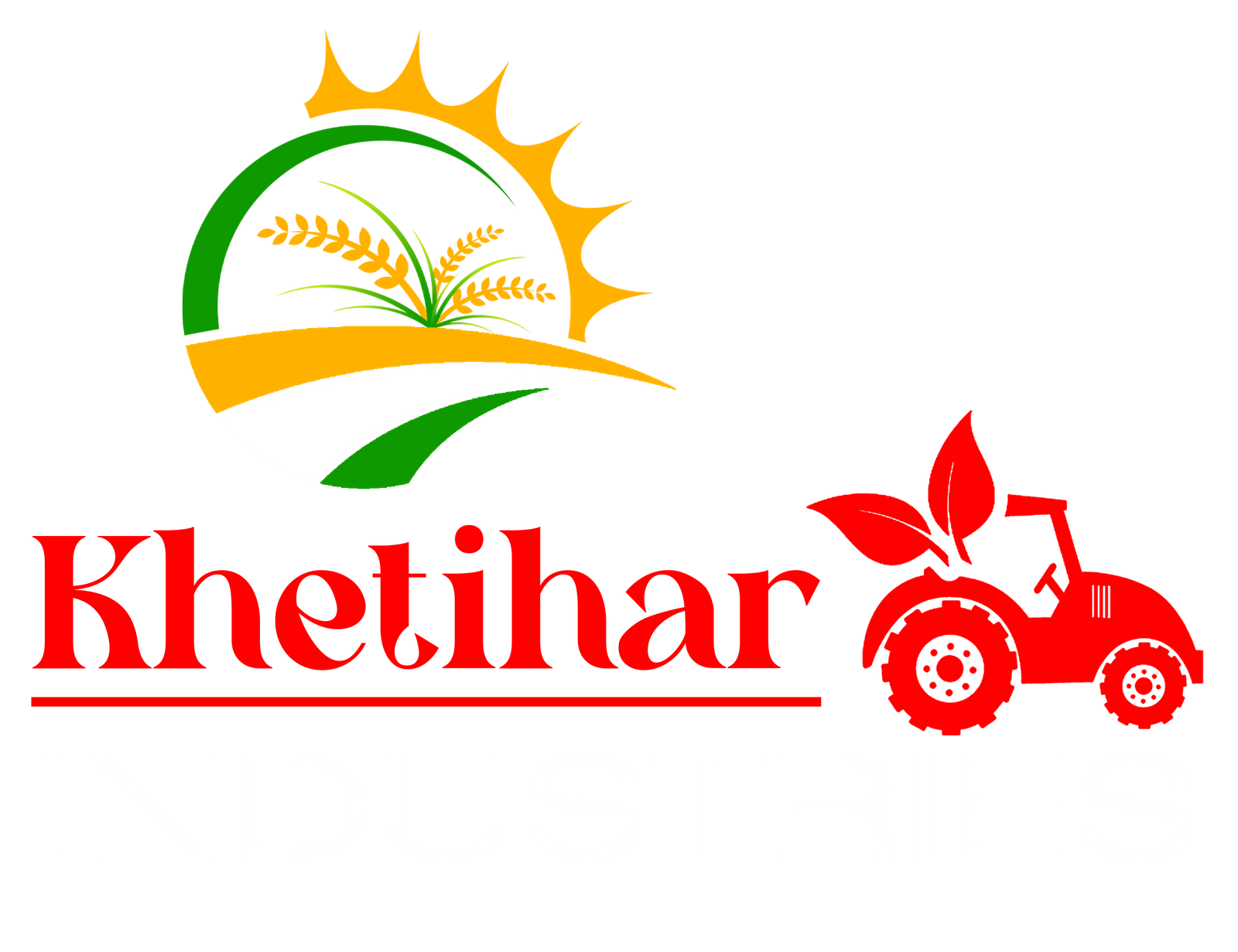In order to control and maximize the performance of solar-powered water pumps, solar pump controllers are crucial parts of solar pumping systems. In many different applications, such as agricultural, irrigation, animal watering, and community water supply projects, these sophisticated devices are essential for optimizing energy efficiency, safeguarding the pump motor, and guaranteeing a steady flow of water. Let’s examine the features, advantages, and operations of solar pump controllers in more detail.
Functions of Solar Pump Controllers:
1. Maximum Power Point Tracking (MPPT): MPPT technology is incorporated into solar pump controllers, which continuously monitor and modify the solar panels’ operating point to optimize power output. This guarantees effective solar energy use even in variable sunlight conditions.
Motor Control: To guarantee peak performance and energy economy, solar pump controllers control the pump motor’s speed and operation. They adjust variables including pressure, flow rate, and on/off cycles to balance the amount of solar energy available with the amount of water required.
Dry Run Protection: In order to identify situations where the pump is operating without an adequate water supply, solar pump controllers are equipped with sensors and algorithms. To protect the motor and extend its life, they automatically cut off the pump.
Overvoltage and Overload Protection: Variations in solar irradiance or electrical faults can result in overvoltage and overload circumstances, which solar pump controllers protect the pump motor and electrical components from. To keep the voltage and current at safe working levels, they regulate them.
Remote Monitoring and Control: With the help of mobile apps or web interfaces, users can remotely monitor system performance, change settings, and receive alerts or messages from certain sophisticated solar pump controllers.
Features of Solar Pump Controllers:
1.LCD Display: For real-time monitoring of system parameters including solar panel voltage, motor speed, and water flow rate, solar pump controllers may be equipped with an LCD display. Users gain important insights regarding the functionality and performance of the system as a result.
2.User-friendly Interface: Installing, configuring, and operating solar pump controllers is made simple by their intuitive design. For easy setup and customization, they frequently have touchscreens or straightforward push-button interfaces.
3.Weatherproof Enclosure: To shield solar pump controllers from the elements, including moisture, dust, and severe temperatures, they are kept inside weatherproof enclosures. This guarantees dependable performance in challenging or outdoor settings.
4.Modular Design: Certain solar pump controllers are modular in nature, enabling extension and scalability as required. It is simple to integrate extra modules or accessories into the system, including communication interfaces or remote monitoring devices.
